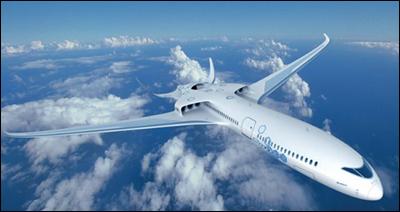Being Electric Doesn’t Keep This Plane From Serious Aerobatics
This approach is quite different than we’ve seen from the likes of, say, electric pioneer Chip Yates, who has installed a 193-kilowatt motor in the 200-mph electric airplane he built. The E-Fan will accommodate more powerful motors, Esteyne said, and a final configuration has not been set.
The E-Fan has a wingspan of just over 31 feet and a maximum weight of 1,212 pounds. Juice is stored in a pair of 250 volt, 40 amp-hour multi-cell lithium ion battery packs in each wing root. Esteyne says the current setup provides an hour’s flying at about 110 mph. To maximize flight time, one main landing gear wheel has a small electric motor that can propel the airplane up to 35 mph, which is more efficient than using thrust to taxi.
The airplane is designed as a trainer, and, as with the Cri-Cri, it is capable of aerobatics. Start doing a lot of loops and barrel rolls, though, and your range falls to 30 minutes because of the power needed for vertical flight and other maneuvers. Half an hour may not sound like much, but that’s about all the aerobatic flight the average pilot can handle anyway.
Basic taxi training has gone well, and Esteyne hopes to make an inaugural flight this fall. The goal is to see the plane certified for flight instruction and general aviation use.
Jason Paur

